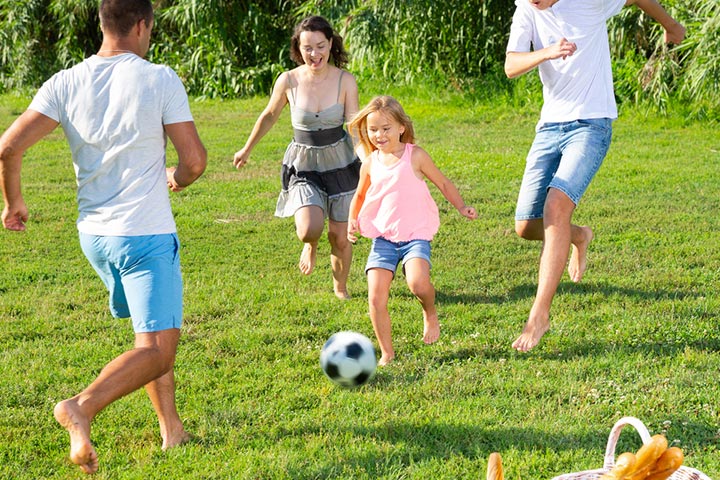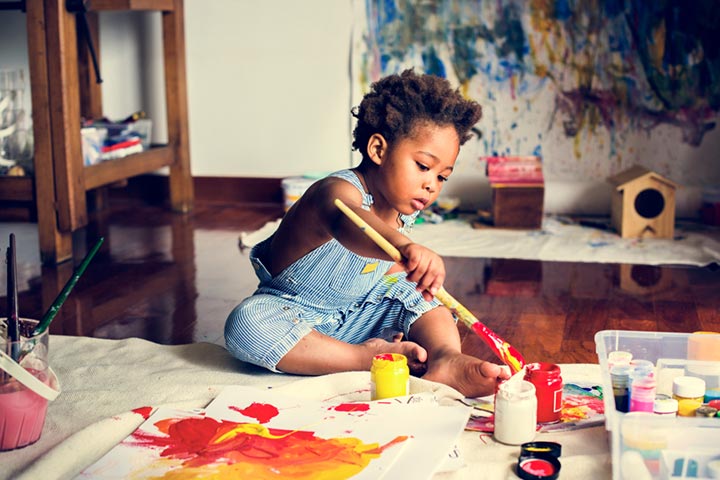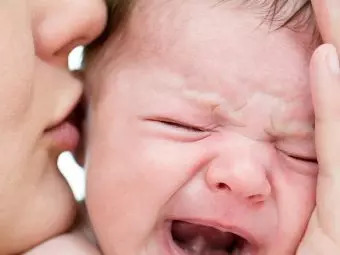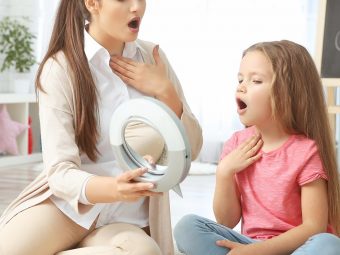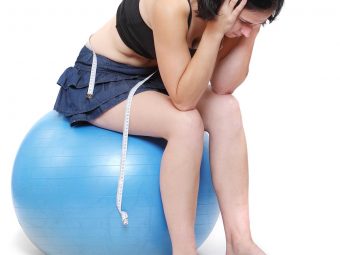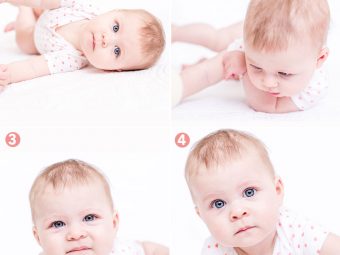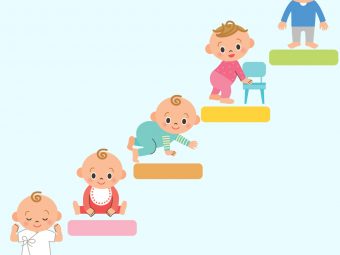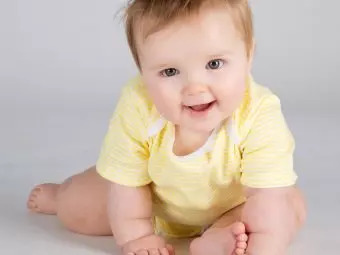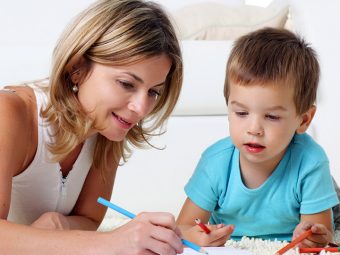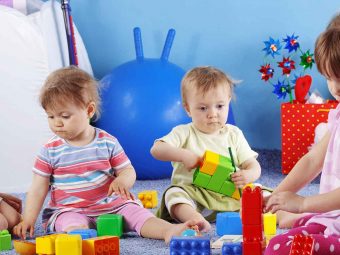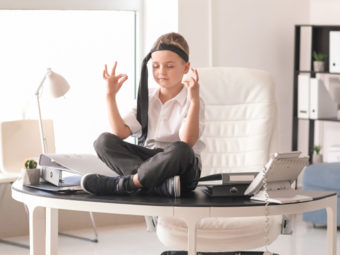
Image: ShutterStock
Physical development in children refers to their physical and motor development. Physical growth refers to the growth rate in height and weight, and motor development refers to the development of their bones, muscles, and ability to move and manipulate their environment(1).
Each child develops at their own pace; nevertheless, it is essential to monitor your child’s physical growth to ensure that they grow to their full potential.Sufficient physical development in early childhood helps ensure the child’s good long-term health and well-being.
Read this post to learn about the various factors that may affect physical development in children, different physical development milestones, and ways to boost physical development in your children.
Factors That Affect Physical Development In Children
了解影响儿童自然史的因素l development can help you provide the best care to your child. Here are some important factors that are known to affect children’s physical development.
1. Nutrition
Children can lose developmental potential and suffer long-term health problems due to poor nutrition and early learning opportunities(2).A nutrient-rich diet containing ample fiber, protein, healthy fats, vitamins, and minerals aids the physical growth of your child. When a child or adolescent’s diet has an excess of high-fat, high-sugar, and high-salt foods, nutritional deficiencies can emerge. Overconsumption of unhealthy foods and beverages can lead to ill health andweight gain.
 Point to consider
Point to consider2. Genetics
The parents’ genes influence the physical characteristics of a child. The interplay of genes and environmental factors, such as toxic stress and poor nutrition, can significantly impact a child’s physical development(3).
3. Low socioeconomic status
Due to lack of proper facilities andgood nutrition, children born to families of low socioeconomic status are susceptible to growth restrictions and can experience delays in motor development(4)..
4. Physical activity
Image: Shutterstock
Children should be encouraged to take part in physical activities during the day for better growth and development.Physical activity levels among children and parents are known to be linked; hence, inactive parents are more likely to produce inactive children. Encourage your children to participate in sports, spend time outdoors, and exercise, as lack of physical activity is linked to several health problems,including obesity, high blood pressure, and diabetes(5)(6). Sleep also plays a crucial role in the mental and physical development of children as it helps in restoring their energy.
 Quick tip
Quick tip5. Environment
A child’s environment has a significant influence on their well-being. Some environmental factors that can influence children’s physical development include toxins and pollutants, noise, hygiene conditions, crowding, chaos, and housing, school, and neighborhood quality and safety(7).
6. Infections
Infections such as diarrhea and pneumonia can disrupt a child’s normal growth. As per a study published inThe Journal of Nutrition,“Infections may decrease food intake, impair nutrient absorption, cause direct nutrient losses, increase metabolic requirements or catabolic losses of nutrients and, possibly, impair transport of nutrients to target tissues.” ”By altering the nutritional status, such infections can reduce linear growth in children. Children born in emerging countries are highly susceptible to these infections(8).
Physical Developmental Milestones In Children
Physical developmental milestones refer to a variety of changes in a child’s motor abilities. As their gross motor and fine motor skills improve, most children exhibit increased independence and self-control.
Gross motor skills:Grossmotor skillsinvolve the major muscles in the arms, legs, and torso. Walking, running, throwing, lifting, kicking, and other daily physical tasks require gross motor skills. These skills are also associated with body awareness, spatial awareness, perceptual skills, reaction speed, balance, and strength.(9).
Image: Shutterstock
Fine motor skills:Fine motor skills include the movement and use of the small muscles in the hands, wrists, fingers, and upper extremities. The skills include reaching,gripping, and manipulatingobjects with your hands(10).
While each child develops at their own pace, the following are some of the typical milestones that children in the age group of three to 18 years achieve(11)(12)(13).
| Age | Gross Motor | Fine motor |
|---|---|---|
| 3-4 years |
|
|
| 4-5 years |
|
|
| Age | Gross motor and fine motor |
|---|---|
| 6-7 years |
|
| 8-9 years |
|
| 9-12 years |
|
| 12-18 years |
|
Ways To Boost Physical Development In Children
Image: Shutterstock
Children are adventurous and curious. Here are some parenting tips or ways in which you can spark your child’s curiosity further and boost their physical development.
- Get your children sometoysthat can help with their physical development and make them keep physically active.
 Do remember
Do remember- Let them express themselves via art. This not only develops self-confidence and self-esteem but also helps with the child’s emotional development. Allow your child to spend timedoing crafts, drawing, painting, etc.
- Jumping rope, riding bikes, rollerblading, jogging, and running are all excellent activities toimprove motor skills, and thus, should be encouraged.
- Provide them with building blocks and other materials todevelop their fine motor skillsandproblem-solving skills.
- Enroll them in sportsto improve their motor skills and balance.
- Encourage your child toassist youwith easy and enjoyable household tasks. You could also help them with putting their toys away and making their beds.
- Physical development in children should be accompanied bygood nutritionand awell-balanced dietsince this enables proper muscle and bone growth.
- 通过感官感知发展打比赛进行l for the child’s physical development. It also supports cognitive development, language development, and social development by providing opportunities for them to actively use their senses through exploration of the surroundings.
Frequently Asked Questions
1. What are the characteristics of physical development?
Physical development takes place mainly during childhood. It is a crucial time for body coordination and brain development. Physical development is rapid during adolescence when the bones and muscles develop, along with different body parts. Adolescence is also the stage when puberty occurs in boys and girls.
2. Why is physical development important?
Physical development is important because it impacts an individual’s physical ability and performance. It also helps maintain a healthy weight and develop strong bones, muscles, and the heart.
3. What are some potential long-term impacts of poor physical development in childhood?
Poor physical development in childhood puts the child at risk of various health problems in their adulthood. These physical health issues can limit their participation in physical and group activities, which can further impact their self-esteem and self-confidence. It can impact their daily tasks and keep them from aiming higher in their career.
4. What are some warning signs of physical developmental delays or issues?
Delays in rolling over, sitting, or walking, speech, trouble swallowing food, limp body posture, and clumsiness, are all indicators of delays in physical development.(14).
5. How can technology, such as screens and devices, impact a child’s physical development?
Overuse of digital gadgets by children can lead to a sedentary lifestyle, which might cause health problems such as weakened muscles, poor posture, and lack of general physical fitness. Inadequate physical activity can have an impact on the development of fine and gross motor abilities. It can also cause vision and sleep issues.
6. How does physical development affect behavior?
According to research, children who show quicker physical development than their classmates are more likely to participate in risk-taking behavior, and teens who develop slower than their peers may be more prone to encounter bullying(15).
Although every child develops at their own pace, keeping track of your child’s physical development is critical to ensure that they reach their maximum potential. The parameters for measuring a child’s physical development are height, weight, and motor skills. However, genetics, low socioeconomic level, nutrition, medical conditions, and other factors may impact your child’s development. Therefore, understanding a child’s physical development and demands is important to appropriately involve them in physical activities and give them a balanced diet that will help boost their physical growth.
Infographic: How To Encourage Healthy Physical Development In Children
Children achieve the developmental milestones appropriate for their age every month and year. However, if your child is lagging and needs a push, check out the infographic below to discover valuable ways to help them attain their physical development milestones.
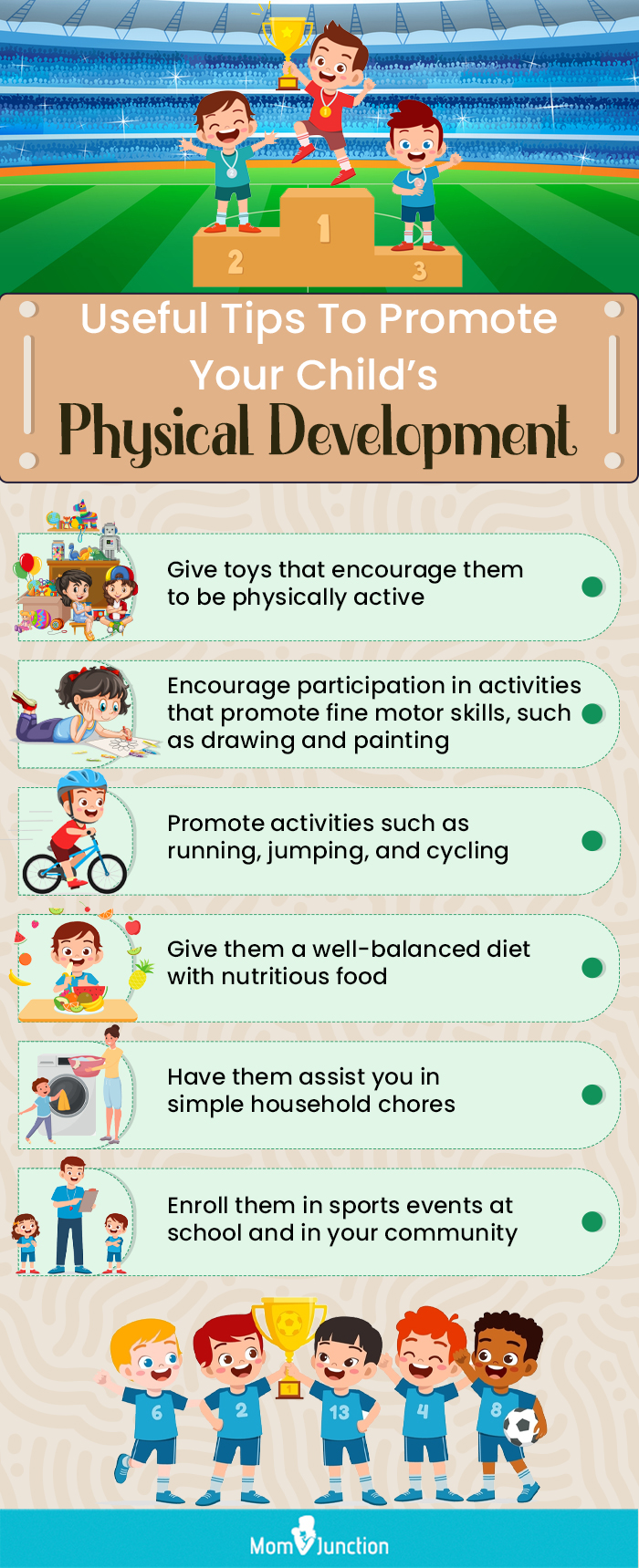
Illustration: Momjunction Design Team
Get high-quality PDF version by clicking below.
Download Infographic
Key Pointers
- Nutrition, genetics, socioeconomic status, physical activity, etc., are the factors affecting physical development in children.
- Exposure to environmental toxins and other infections such as pneumonia can also have a negative impact on the little one’s physical development.
- Giving children toys that would keep them physically active such as jumping ropes and riding bikes, helps boost your child’s growth.
Expand your knowledge of early childhood physical development through this enlightening video. Explore the remarkable growth and motor skill development that takes place during this critical phase of life.
References:
2.营养——学龄青少年; The Royal Children’s Hospital Melbourne
3. Aline Jelenkovic et al.;Genetic and environmental influences on height from infancy to early adulthood: An individual-based pooled analysis of 45 twin cohorts; Scientific Reports (2016).
4. N Sabturani;The Relationship Between Socioeconomic Status and Fine Motor Skills Among Six-Year-Old Preschool Children; Universiti Teknologi MARA (2013).
5.How Much Physical Activity Do Children Need?How Much Physical Activity Do Children Need?; CDC
6. Mitchell, Jonathan;Physical Inactivity in Childhood from Preschool to Adolescence; HHS Author Manuscripts (2019).
7. Ferguson, Kim T et al.;The physical environment and child development: an international reviewHHS Author Manuscripts (2013).
8. Stephensen, Charles;Burden of Infection on Growth Failure; The Journal of Nutrition (1999).
9.Gross Motor Skills: Birth to 5 Years; Children Hospital of Richmond at VCU
10.Fine Motor Skills: Birth to 2 Years; Children’s Hospital of Richmond at VCU
11.Positive Parenting Tips; CDC
12.正常的恶性肿瘤h and development; MedlinePlus
13.Physical Development in Children and Adolescents; Child Development Institute
14.Is Your Baby’s Physical Development on Track?; Healthy Children
15.Physical Development; Office of Population Affairs



